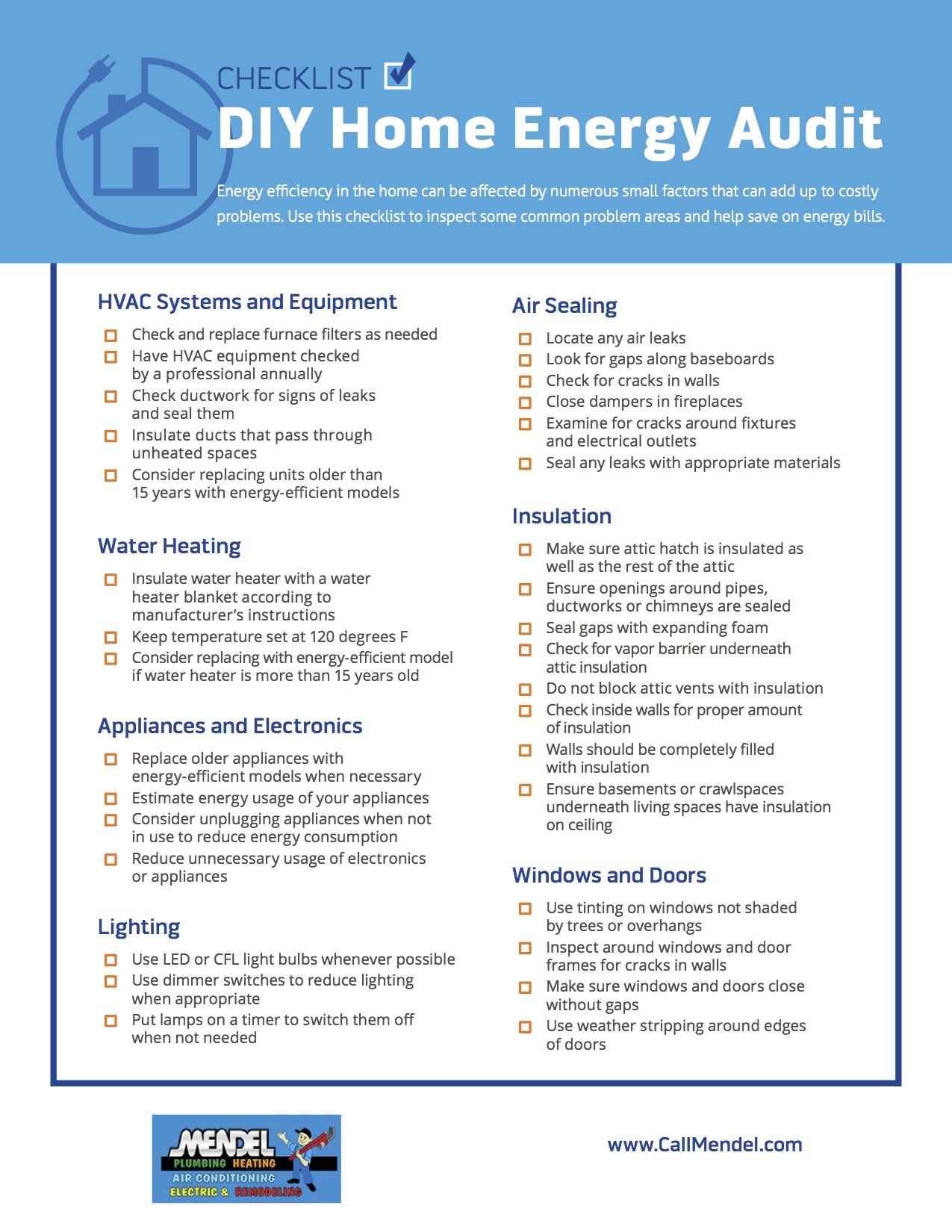Any homeowner or landlord in Los Angeles knows the feeling — a tiny twinge of dread before opening the utility bills. It might be what you expected or worse, but it’s hardly ever better than you expected. There’s just no way around the fact that American homes consume a lot of energy, and all those modern conveniences can take their toll on the energy bills. Because utilities are expensive, homeowners look for ways to cut down on the amount of energy their homes use and wrestle their utility bills into some semblance of sanity.
Although some homeowners might be tempted to forego the grid altogether and look into alternative energy sources such as solar panels or geothermal vents, these solutions are extremely expensive at the onset and can come with their own disadvantages. However, not every solution to the utility bill crunch has to be so involved. In fact, there’s a very good chance that your home can become more energy efficient with just a few relatively minor changes. It’s estimated that nearly $300 billion worth of energy is wasted each year by American homes, due to small issues such as drafty windows and lights that are left on when no one is home.
Homeowners interested in making their homes more energy efficient can and should reach out to a trained professional who can perform an energy audit, but they also can get results by performing their own audits. A basic DIY home energy audit can identify trouble spots around the house that can be fixed quickly and easily. These include ensuring ductwork is properly insulated and patching cracks in walls. These small solutions can add up to big savings on your utility bills. Take a look at this guide to DIY home energy audits to help make opening your utility bills a little less stressful.

